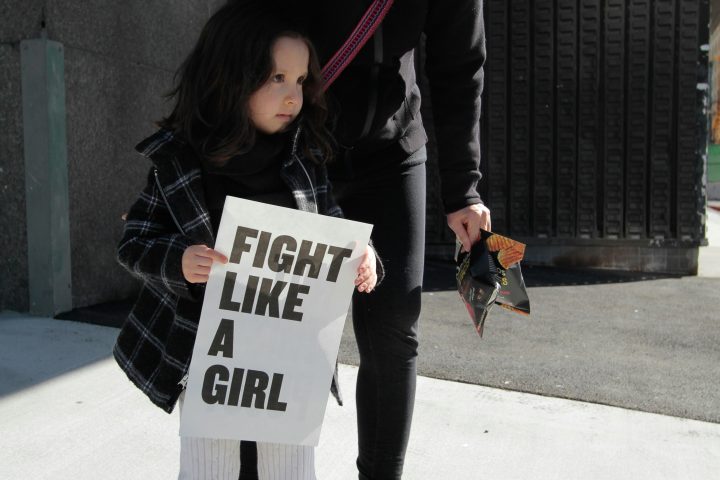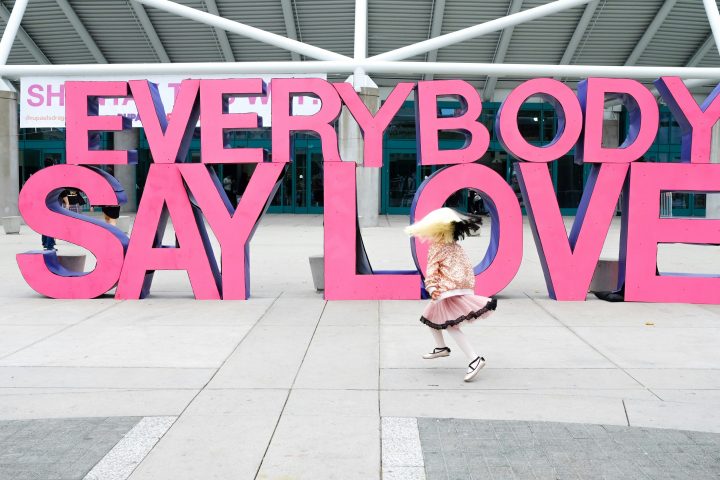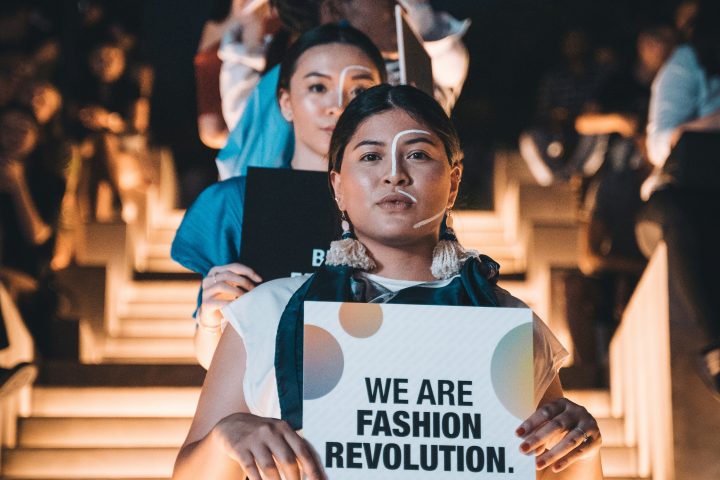Whether you’re an employer looking to make your hiring process more equal, or an applicant trying to avoid a toxic workplace, understanding gender bias is critical. By recognizing these biases, you can better protect yourself and others from experiencing unnecessary discrimination. To help, there are a few poignant examples of gender discrimination in the hiring process that you should look out for.
The Job Title and Description Uses Gendered Language
Applicants know how important it is to read the job title and description thoroughly, and looking for gendered language is part of that process. For employers, gender language can make an applicant turn away very quickly, shrinking your hiring pool and chances at diversification. Titles that read as gender-biased are things like salesman, waitress, and fireman. Using terms like salesperson, server, or firefighter, you can neutralize these words and easily eliminate discrimination.
In job descriptions, though it may be a very unconscious process, recruiters tend to use descriptors that read as “traditionally masculine,” such as adventurous, active, determined, and assertive. At the same time, stereotypically feminine traits in job descriptions are usually compassionate, understanding, and responsible. However, it is crucial to understand that many people don’t fall into one box of masculine or feminine. This means it’s essential to use an equal amount of traditionally masculine and feminine terms to appeal to more people.
There Is a General Lack of Diversity in the Recruitment Team
A quick way to check whether gender bias is a systemic problem in the company is to look at the recruitment team. If the recruitment team is solely one gender or lacks overall diversity, this can signify something deeper. It’s also important to note that some people feel more comfortable getting interviewed by someone of their own gender or similar background. For example, some women find it much easier and more relaxing to get interviewed by a woman rather than a man. Many employers tend to make appearance-based decisions, and it may feel safer for some women to get interviewed by another to avoid rejection or acceptance based on beauty standards.
There Are Gender-Based Questions During the Interview
In a much larger, more general sense, looking at the nature of interview questions is one of the best ways to identify discrimination in the hiring process, regardless of the form it takes. This is because it’s illegal to ask questions based on race, ethnicity, sexuality, religion, ability, or veteran status. Gender-based questions are also unlawful and may appear as an employer asking a woman if they plan to have children or have children. It’s also illegal for a recruiter to ask you about your gender or how you identify. The only way any of these questions are legal is if they claim it is a bona fide occupational qualification, but these instances are scarce and don’t often hold up in court.
Identifying gender discrimination in the hiring process can save employers from unnecessary lawsuits and applicants from unnecessary suffering. Never let these instances slip; try to report or manage them if you can.









